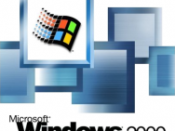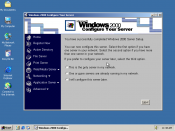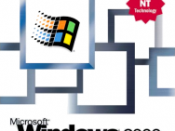Abstract
The purpose of this paper is to analyze, compare and contrast UNIX and Windows 2000 Operating Systems in terms of their current;
- Cost
- Market share
- Hardware requirements
- File processing
- Programming capabilities
- Availability of application software
- User interface
As a group, Team A has researched, reviewed and discussed the above mentioned Operating Systems (OS). The analysis of our findings will be outlined in detail on how they compare and differ. It is our intention to provide the reader with a fair and comprehensive understanding of each system.
Cost:
With the rising cost of computer software, hardware, and support for these items, companies are limited as to trying to cut cost. Today there are options like the use of an open-sourced operating system like Linux and its different flavors to run their hardware and current software applications. The problem with choosing this option is the short and long term cost.
For a company to convert from its current operating system, which is probably Microsoft Windows, the cost could be prohibitive. Here is a comparison between using a Linux OS and MS Windows OS.
Linux:
Many companies offer specific commercial versions of Linux for no cost or at a very minimum fee and can be installed on an unlimited amount of hardware but this cost saving in it self is only limited to the operating system. Many factors still exist after the decision to migrate from a Windows platform to the Linux OS.
1. Fee's for documentation, installation support, and on-going support still exist
2. Windows to Linux migration could cost 4 times as much staying with the current Windows implementation.
3. Cost in Time to deploy the new conversion could be too high due to preparation and planning which can take 5 to 25...



Comparing and contrasting the various file systems used by Windows
The paper was descriptive but it lacked transition from topic to topic.
0 out of 1 people found this comment useful.